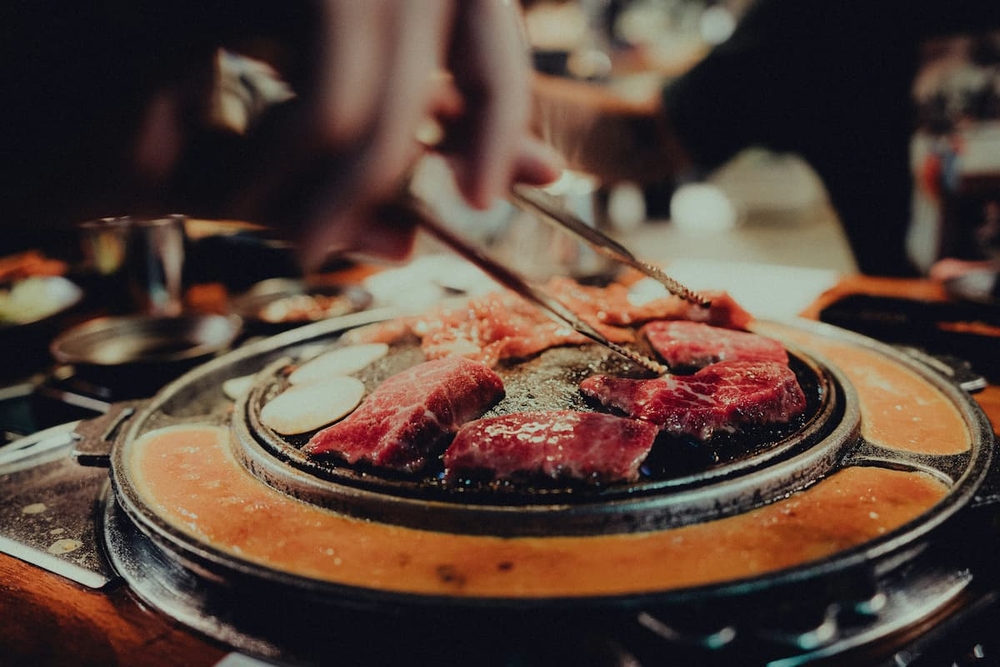The role of CPG kitchens in supporting the clean label movement
Table of Contents
CloudKitchens
How many tacos can be delivered from a 1000sqft restaurant?
The same amount as a 200sqft ghost kitchen.
As today’s consumers become more health-conscious and ingredient-aware, demand for transparency and natural food products is reshaping the packaged goods industry. The clean label movement — which prioritizes recognizable ingredients, minimal processing, and honest labeling — has moved from niche preference to mainstream expectation.
For Consumer Packaged Goods (CPG) brands, aligning with this movement isn’t just a competitive advantage; it’s a strategic imperative. At the heart of this transformation are CPG kitchens, which are instrumental in developing and scaling clean label products while ensuring quality, compliance, and consumer trust.
What are the requirements for a clean label?
A clean label product must meet several important requirements that reflect growing consumer expectations for transparency, health, and simplicity in food products. These requirements are not legally regulated but are driven by consumer perception and industry best practices. Here are the core expectations for a clean label product:
- Simple, recognizable ingredients: Products must contain ingredients that the average consumer can identify and understand — for example, “sea salt” instead of “sodium chloride,” or “cane sugar” instead of “high-fructose corn syrup.”
- Free from artificial additives: A clean label avoids synthetic preservatives, colors, and flavors. Instead, it uses natural alternatives like ascorbic acid (vitamin C) for preservation or beet juice for coloring.
- Minimal processing: Food products must be produced using methods that preserve the natural integrity of the ingredients, such as cold pressing or air drying, rather than chemical treatments or extensive refinement.
- Transparency in sourcing: Consumers want to know where their food comes from. Brands that provide sourcing information (locally grown, non-GMO, or organic) support clean label values.
- Allergen and additive disclosure: Transparency includes clearly identifying potential allergens and avoiding hidden or controversial substances like MSG, carrageenan, or artificial sweeteners.
Many manufacturers also follow industry-specific clean label guidelines set by third-party certifications, such as the Clean Label Project, NSF International, or the Non-GMO Project.
CPG kitchens play a key role in ensuring these standards are met. Their controlled environments, documentation systems, and supply chain integration allow brands to monitor ingredient quality, production methods, and packaging for compliance with clean label expectations.
Read more: Best practices for cost control in CPG kitchen operations
What is the difference between a clear label and a clean label?
While both terms emphasize transparency, they differ in scope:
- Clear Label: Focuses on straightforward, understandable labeling, ensuring consumers can easily identify and comprehend the ingredients listed.
- Clean Label: Goes a step further by not only providing clear labeling but also ensuring the product contains natural, minimally processed ingredients without artificial additives.
In essence, all clean labels are clear, but not all clear labels meet the stringent criteria of being clean.
What does “clean label certified” mean?
“Clean label certified” is a designation awarded to food products that meet specific standards for ingredient transparency, safety, and minimal processing. It’s typically issued by third-party organizations that independently test and verify that a product aligns with clean label principles.
To achieve this certification, brands must go through a detailed audit process that may include:
- Ingredient verification: Every ingredient must be reviewed to ensure it’s natural, recognizable, and not synthetically derived. Artificial preservatives, flavor enhancers, or chemical additives are generally disallowed.
- Contaminant testing: Products are tested for harmful substances like heavy metals (lead, mercury, cadmium), pesticides, plasticizers, and residual solvents—some of which are common in food manufacturing and packaging.
- Supply chain transparency: Companies must show documentation of sourcing practices and supply chain integrity, proving that their ingredients come from reputable and compliant suppliers.
- Label accuracy: The ingredient list and nutritional facts on the packaging must reflect the true contents, without hidden additives or misleading claims.
For example, the Clean Label Project is one of the better-known organizations that certifies food and beverage products. Their seal signals to consumers that the product has been independently tested and scored for ingredient quality, nutritional transparency, and overall cleanliness.
Having a “clean label certified” badge on packaging not only helps brands build consumer trust but also provides a competitive edge in the increasingly crowded wellness and natural food market. It shows commitment to higher standards and transparency — qualities that today’s health-conscious customers actively seek out.
Read more: The power of unique food packaging in customer experience
What is the clean label trend in the food industry?
The clean label trend reflects a growing consumer demand for transparency, healthfulness, and sustainability in food products. Key drivers include:
- Health Awareness: Consumers are more informed about the health impacts of artificial additives and seek products with natural ingredients.
- Environmental Concerns: There’s a preference for sustainably sourced ingredients and environmentally friendly production practices.
- Trust: Brands that prioritize transparency and simplicity in their products build stronger trust with consumers.
This trend has led to a surge in clean label product offerings, with brands reformulating products to meet these new standards.
How CPG kitchens ensure clean label compliance
CPG kitchens are instrumental in helping brands achieve and maintain clean label standards through:
- Ingredient Sourcing: Partnering with suppliers who provide high-quality, natural ingredients free from contaminants.
- Quality Control: Implementing strict testing protocols to detect and eliminate potential contaminants.
- Documentation: Maintaining comprehensive records of ingredient sourcing, testing results, and production processes to ensure traceability.
- Staff Training: Educating kitchen staff on clean label standards and best practices to maintain compliance throughout the production process.
By leveraging these strategies, CPG kitchens enable brands to confidently offer products that meet clean label criteria.
The role of CloudKitchens in supporting clean label initiatives
CloudKitchens can provide the infrastructure and support that align with clean label objectives:
- State-of-the-Art Facilities: Equipped with modern equipment and technology to maintain high hygiene and safety standards.
- Flexible Operations: Allows brands to scale production up or down based on demand without compromising on quality.
- Expert Support: Offers guidance on best practices for ingredient sourcing, quality control, and compliance with clean label standards.
The clean label movement is reshaping the food industry, and brands that adapt will be well-positioned to meet consumer expectations. CPG kitchens play a crucial role in this transformation, ensuring products are safe, transparent, and aligned with health-conscious values.
Ready to take your brand to the next level? Partner with CloudKitchens to ensure clean label compliance and meet the demands of today’s discerning consumers. Contact us today to learn more.
DISCLAIMER: This information is provided for general informational purposes only and the content does not constitute an endorsement. CloudKitchens does not warrant the accuracy or completeness of any information, text, images/graphics, links, or other content contained within the blog content. We recommend that you consult with financial, legal, and business professionals for advice specific to your situation.
More insights & stories
There’s more where that came from.
Get in the know and check out our additional insights


